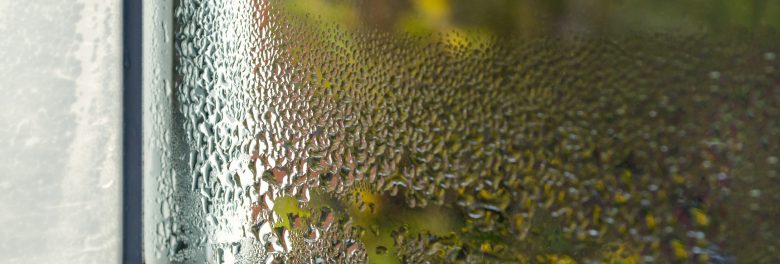
Dealing with this distinction is paramount when assessing the quality of buildings, pre and post construction.
Surface condensation can cause issues such as decay of finishes, corrosion of materials, or destruction of organic based materials (e.g. wood, plaster). Mould growth, aside from being aesthetically unpleasant, is a risk to building users as it is associated with a range of respiratory conditions.
Surface condensation happens immediately once humid air gets in contact with a cold spot, making droplets appear. Mould growth occurs if the air relative humidity is sustained at high levels (80%) for more than a couple of days.
As surface condensation occurs immediately, the façade design should prevent cold spots from forming by minimising thermal bridges in the façade. Mould growth can be successfully inhibited by avoiding sustained high levels of humidity in the air – which can be done via ventilation systems, for example.
Although the assessments of condensation and mould are usually bundled together, they should be considered as separate design issues to be appropriately tackled. This will ensure that requirements of Part C are met and the provision of a healthy and functional building for the users.
Posted on May 5th, 2021
Author: Rodrigo Guedes
Related services: Condensation & Moisture Management,